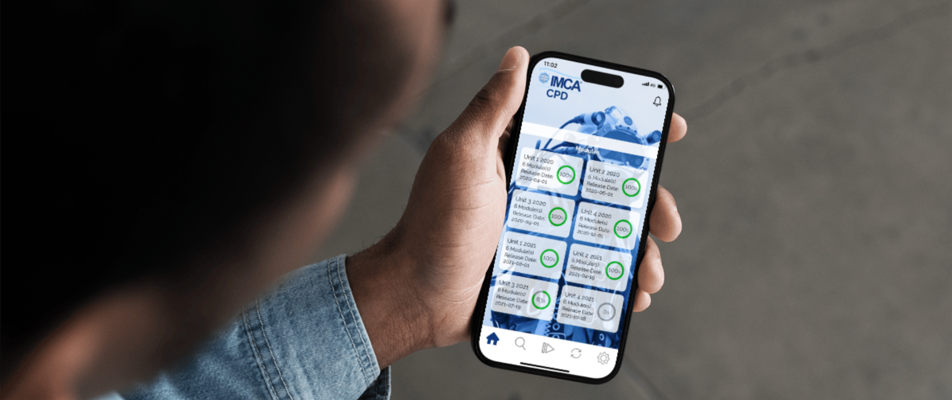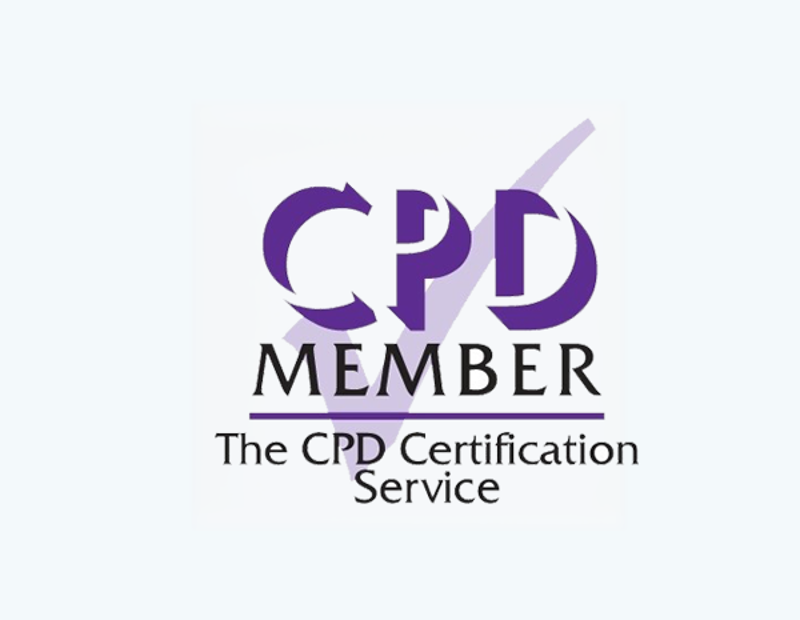Two subscription levels are available, each providing access to four new learning units each year, as well as access to related diving guidance from IMCA - the de-facto standard for working safely offshore:
- Diving CPD Pro offshore fixed air and bell learning paths for IMCA-certified diving supervisors (for whom completion is mandatory), and trainees working towards certification (optional, but encouraged). Early access is provided to the latest content, with quarterly tests to remain 'in-date'.
- Diving CPD Mix is open to anyone with a working interest in offshore diving, with users able to select content of interest from the full catalogue, with no restrictions or completion requirements. Reduced fees are available for training instructors via IMCA-recognised providers.
CPD users can share their detailed progress, while the in-date status of current IMCA diving supervisor certificates can be checked via our verification tool.


